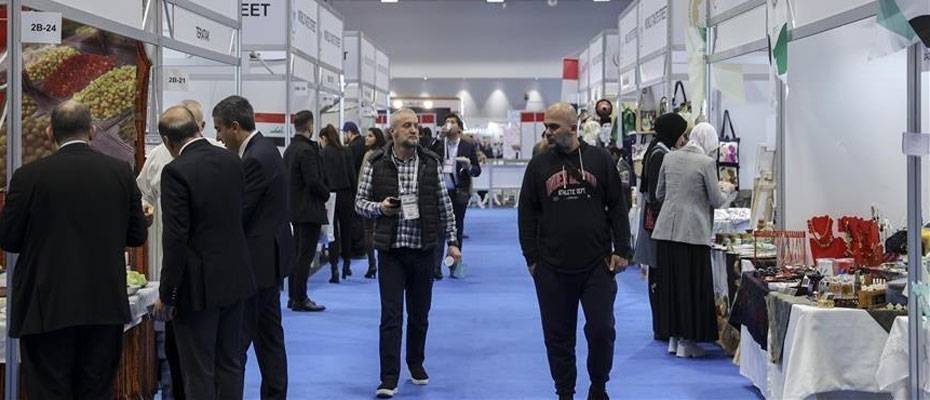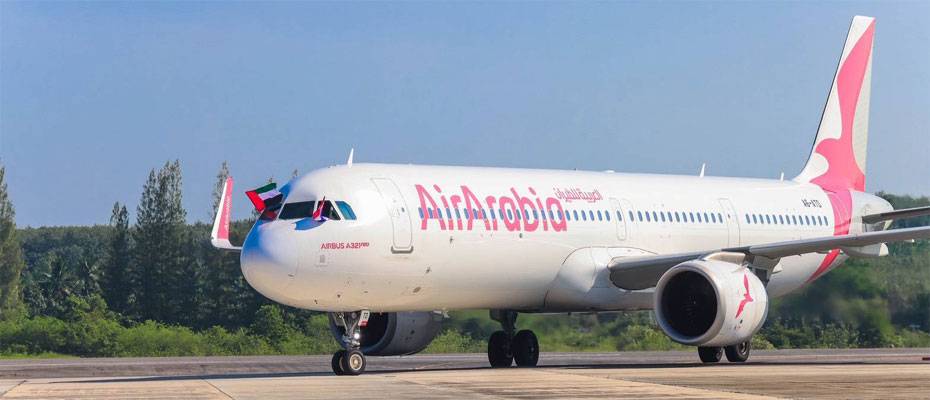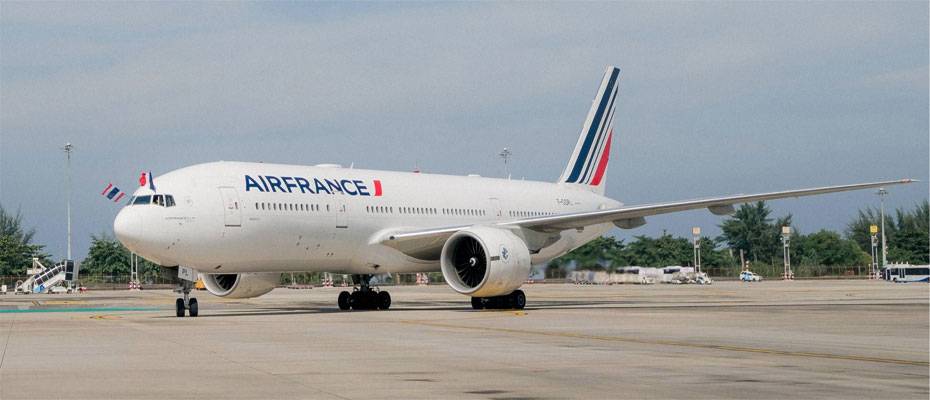Tourexpi
The
Trans-Siberian Railway, historically known as the Great Siberian Route and
often shortened to Transsib, is the world's longest railway line, stretching
across the vast expanse of Russia.
Spanning
9,289 kilometers (5,772 miles) from Moscow in the west to Vladivostok in the
east, the railway serves as a vital artery for trade, travel, and economic
integration between Europe and Asia.
The
railway has played a crucial role in Russia’s development, facilitating
military movements, trade, and settlement expansion. From its inception in the
late 19th century to its modern-day advancements, the Trans-Siberian Railway
remains an essential element of Russia’s infrastructure, bridging cultures and
economies across the continent.
The
idea of a railway connecting the vast Russian Empire took shape in the late
19th century, driven by the need to unify the country, facilitate economic
growth, and improve military logistics. Construction began in 1891 under
Emperor Alexander III, with his son, the future Nicholas II, ceremonially
laying the first stone.
The
motivations behind this grand project were clear. The railway would strengthen
administrative control over the distant regions of Siberia and the Russian Far
East. It aimed to facilitate trade by connecting industrial hubs with raw
material sources and international markets.
Militarily,
the railway enhanced troop mobility, ensuring a swift response to potential
threats. Additionally, it encouraged population movement eastward to make use
of the region’s untapped resources.
However,
building the Trans-Siberian Railway was no easy feat. Engineers had to overcome
extreme climates, treacherous terrains, and supply shortages. Thousands of
laborers — including peasants, prisoners, and foreign workers — worked under
harsh conditions to lay the tracks. Despite these challenges, the railway was
officially completed in 1916, marking a significant milestone in Russia’s
modernization efforts.
Throughout
history, the Trans-Siberian Railway has served as more than just a
transportation route; it has been a strategic asset. During World War I, the
railway was used to transport troops and supplies across the empire. In the
Soviet era, it played a crucial role in industrialization and the movement of
resources.
World
War II further emphasized its importance, as it enabled the movement of weapons
and troops to the Eastern Front. The Cold War saw the railway become a key
component of Soviet logistics and defense strategy.
Electrification
efforts began in the 1930s and continued well into the late 20th century,
increasing efficiency and speed. Today, modernization efforts continue to
transform the railway into a high-speed, technologically advanced
transportation network.
The
modern Transsib
In
an interview with Anadolu, Vladimir Prozorov, a researcher at the Russian
University of Transport, highlighted the railway’s ongoing significance in
global trade and economic cooperation.
Prozorov
explained that the Trans-Siberian Railway remains Russia’s most crucial
transport artery, connecting over 20 of its regions with one another and with
foreign nations. Today, it is a technically advanced railway, where many
innovative transportation management and infrastructure maintenance
technologies are being tested and introduced.
The
railway serves as a vital link for economic exchange between Europe and Asia,
facilitating the transportation of goods. Notably, China has leveraged the
route for freight shipments, making it a key component of the Belt and Road
Initiative.
As
part of the East-West international transport corridor, the Trans-Siberian
works alongside other major railway routes, including the Baikal-Amur Mainline
and the South Siberian Railway. These connections ensure the efficient
distribution of cargo between Western Siberia’s resource-rich deposits, Pacific
ports, and border crossings with Mongolia, China, and North Korea.
Prozorov
also pointed out ongoing infrastructure projects aimed at improving railway
efficiency, including upgrading sections and stations to eliminate
“bottlenecks” and improve traffic flow. “For example, the bridge crossing the
Amur River, completed in 2022, now connects the Russian Mikhailo-Semenovskaya
station with the Chinese Tongjiang. Another notable project is the new Kerak
tunnel in the Amur region, which was built through challenging geological
conditions,” he said.
The
Trans-Siberian Railway is more than just a commercial route — it is the
backbone of countless cities and settlements that have developed along its
tracks.
Beyond
freight and passenger travel, it is also a crucial channel for communication.
Mail wagons are included in passenger trains, and several separate trips to
carry mail and baggage also travel the route. In recent years, collaboration
between railway workers and the Russian Post has strengthened, particularly in
organizing postal services container between the Moscow region and the
Primorye, also known as Primorsky Krai, on the Pacific coast.
Traveling
the Trans-Siberian
For
travelers, the Trans-Siberian Railway offers an unparalleled experience — a
journey across seven time zones through breathtaking landscapes.
Prozorov
described the allure of the route, noting that from the bustling streets of
Moscow to the Pacific shores of Vladivostok, passengers witness the Ural
Mountains and “vast Siberian taiga and Lake Baikal, the world’s deepest
freshwater lake.”
“Passengers
can choose from luxurious cabins to budget-friendly third-class accommodations,
each offering a unique window into Russian life and culture,” he added.
As
global trade evolves and transportation technology advances, the Trans-Siberian
Railway remains a cornerstone of Eurasian infrastructure — bridging distances,
fostering development, and upholding its legacy as one of the world’s greatest
engineering feats. Whether for trade, travel, or historical significance,
Prozorov concluded, the Trans-Siberian Railway remains one of the world’s most
iconic transportation marvels.
He
described the Trans-Siberian Railway as a testament to human ingenuity and
endurance, connecting people, cultures, and economies.
“Whether
for trade, travel, or historical significance, the Trans-Siberian Railway
remains one of the world’s most iconic transportation marvels.”
Image
Credit: © AA
The most interesting news
 Read the News
Read the News

Lufthansa Group expands payment options with Klarna and Adyen
New partnership introduces Pay Later and Financing solutions for travellers from mid-November 2025
 Read the News
Read the News

World Halal Summit and Halal Expo open in Istanbul
Event highlights innovation, unified standards and a global halal market now exceeding $8 trillion
 Read the News
Read the News

Ryanair unveils Winter 2025 schedule for Bologna
44 routes, 11 based aircraft and forecast growth to six million passengers per year
 Read the News
Read the News

IHG marks 50 years in Saudi Arabia
A milestone anniversary highlights renewed growth, expanded brands and deeper alignment with Vision 2030
 Read the News
Read the News

International MICE Summit 2025 opens with major announcements and 20 new deals
Event signals global investment momentum and rapid transformation of Saudi Arabia’s business events sector
 Read the News
Read the News

Thailand to host Global Wellness Summit 2026
Phuket confirmed as the next global meeting place for the wellness economy, 10–13 November 2026
 Read the News
Read the News

Thailand’s culinary scene ascends with the launch of The MICHELIN Guide Thailand 2026
New Three- and Two-Star promotions, rising talent, and expanded sustainability recognition strengthen Thailand’s global gastronomic stature
 Read the News
Read the News

Korean Temple Food: A Globally Recognized Model of Sustainable Cuisine
Korean Temple Food, recently designated a National Intangible Cultural Heritage, is gaining renewed international attention
 Read the News
Read the News

GNTB marks 20 years in the Gulf States
GCC confirmed as Germany’s third-largest overseas market with €2.3 billion in travel spending
 Read the News
Read the News

TAT Welcomes Air Arabia’s New Daily Sharjah–Krabi Service
New route boosts Middle East connectivity, supports high-value tourism, and advances TAT’s Airline Focus strategy
 Read the News
Read the News

Middle East Resorts Accelerate Investment in Aquatic Attractions as Tourism Surges
WhiteWater and Grand Hyatt Dubai unveil the region’s first FlowRider® Triple, anchoring a new wave of high-value leisure development
 Read the News
Read the News

Radisson Expands with the Opening of Baltic View Resort & Spa in Międzyzdroje
New Radisson Individuals property brings coastal design, spacious suites and wellness facilities to one of Poland’s most desirable seaside destinations
 Read the News
Read the News

Air France Launches New Non-Stop Service Between Phuket and Paris
Three weekly flights connect Thailand’s largest island with Paris-Charles de Gaulle / Boeing 777-200 deployed on the new route
 Read the News
Read the News

International tourist arrivals up 5% in the first nine months of 2025
Global tourism surpasses 2019 levels despite inflation and geopolitical tensions
 Read the News
Read the News

Steigenberger marks 95 years of hospitality and iconic moments
Anniversary year culminates in the reopening of the Europäischer Hof Baden-Baden
 Read the News
Read the News

Banyan Group celebrates its 100th global property with opening of Mandai Rainforest Resort
Banyan Group and Mandai Wildlife Group have officially opened Mandai Rainforest Resort by Banyan Tree, the Group’s first hotel in Singapore and a landmark addition to the Mandai Wildlife Reserve
 Read the News
Read the News

Taiwan: Asia’s Premier Destination for Cycling, Sustainability and Low-Carbon Travel
Island-wide cycling routes, world-class bike infrastructure and certified Bike-Friendly Accommodations attract riders from around the globe
 Read the News
Read the News

Hilton highlights record year for its luxury and lifestyle portfolio and previews openings for 2026
After reaching 1,000 luxury and lifestyle hotels worldwide in 2025, Hilton is preparing the next phase of global expansion
 Read the News
Read the News

Eurowings Expands Onboard Experience: Miles Payments, Premium Wines and a New Surprise Seat
Mileage payments launch in December • Motzenbäcker wines join the Wings Bistro • “Pauschal Airfrischt” seat adds an element of surprise / Shop Onboard Using Miles
 Read the News
Read the News

Marriott International Marks 700th Hotel in APEC with the Opening of Legacy Mekong, Can Tho
New Autograph Collection property in Vietnam highlights expansion into emerging destinations across the region
 Read the News
Read the News

Ryanair announces record growth in Pescara after removal of Municipal Tax
+80% annual passenger growth, two based aircraft and expanded Winter 2025/Summer 2026 schedules




